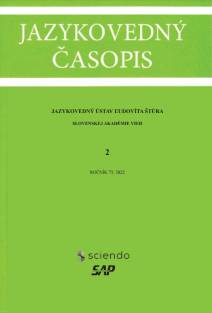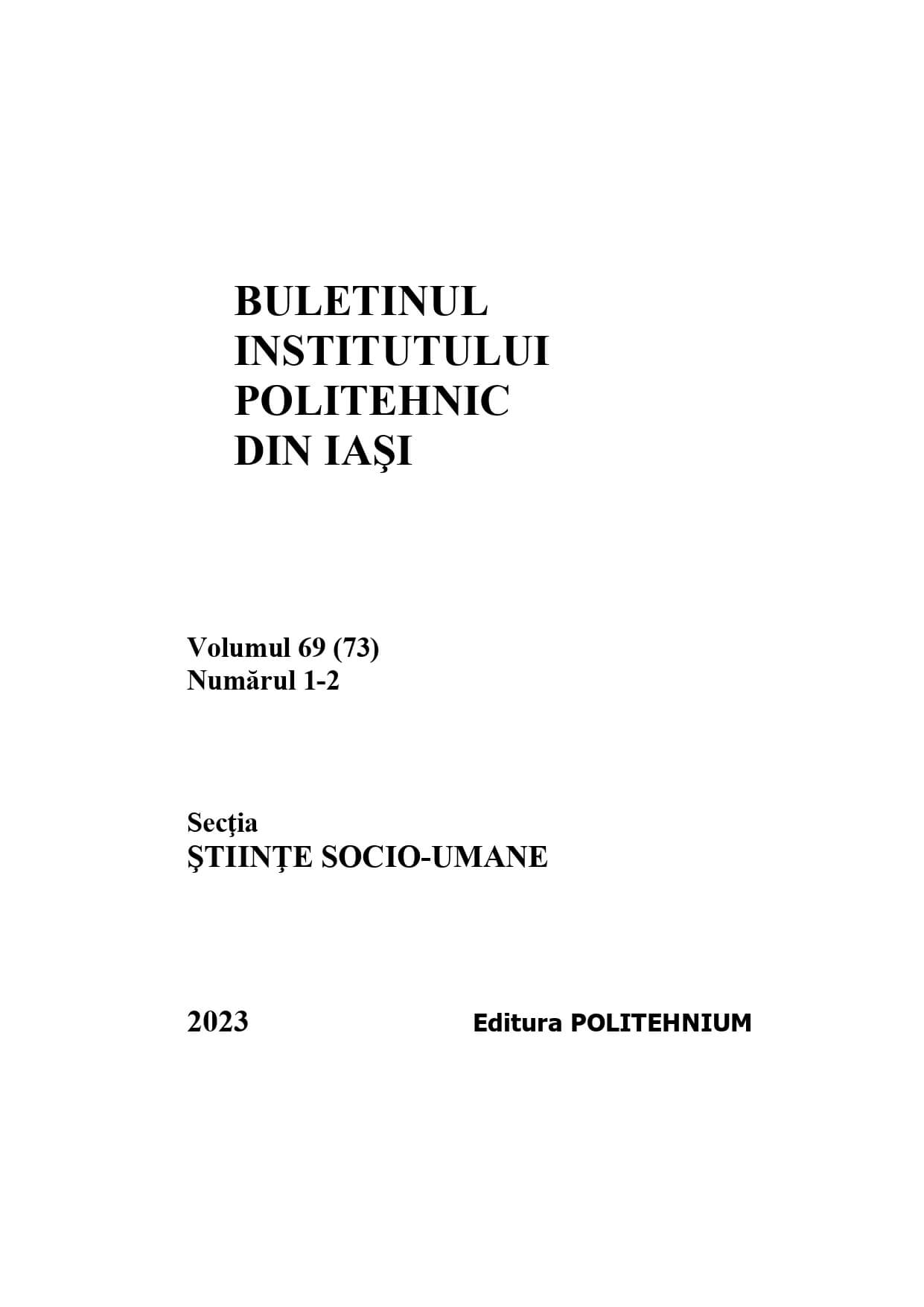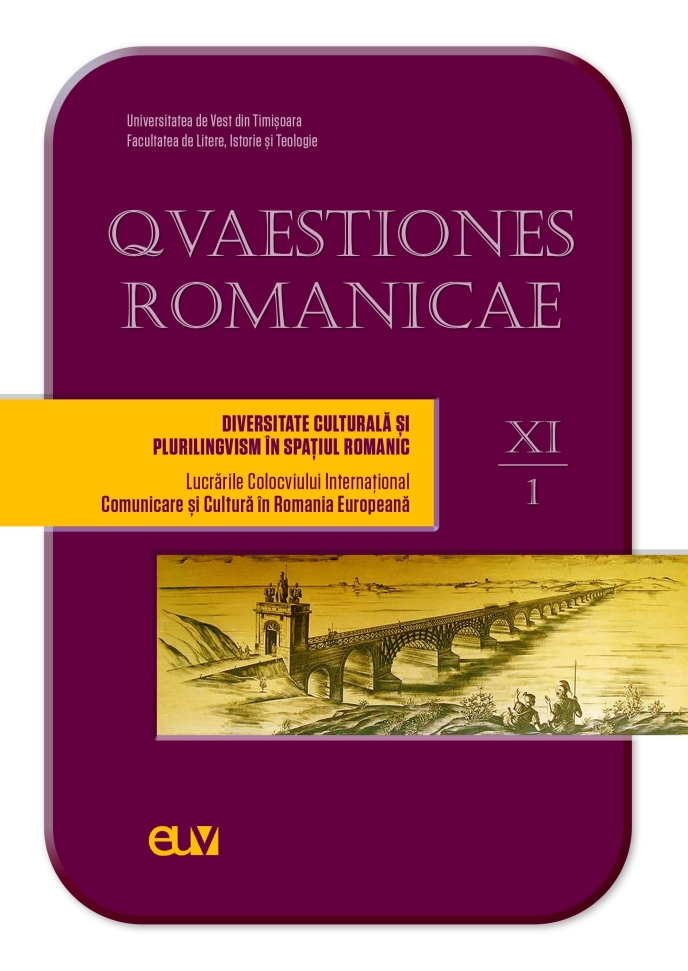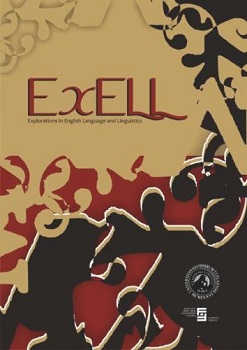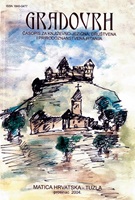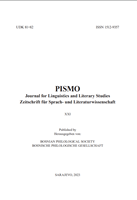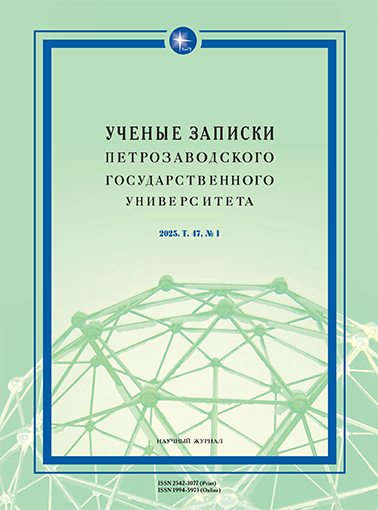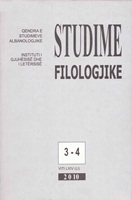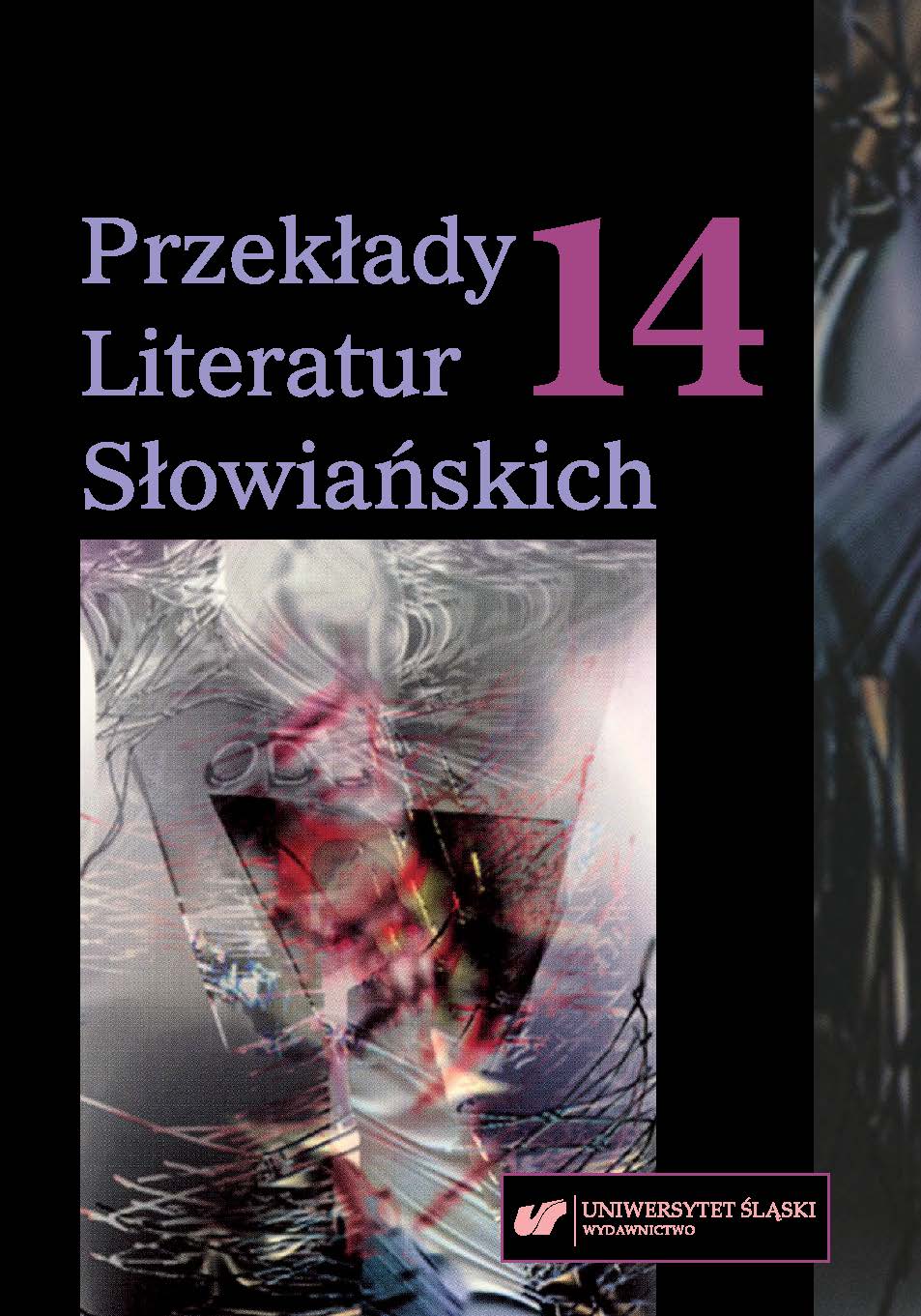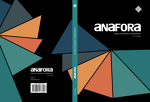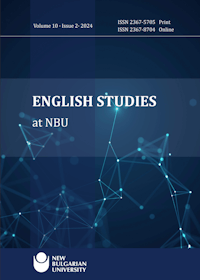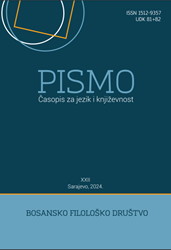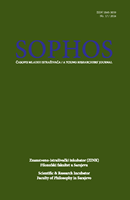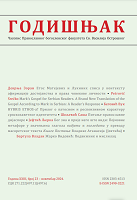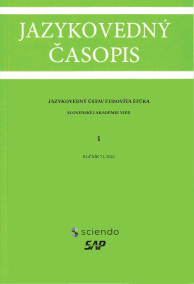
Kontúry štýlu a štylistiky od Jozefa Mistríka po digitálnu éru
The aim of the study is to follow the metamorphoses of the notion of style (above all) in Slovak stylistics within the last about 30 years. From the initial recapitulation of the traditional ideas of structural linguistics as a science aimed at non-contextual linguistic models of the manners of shaping the texts, the perspective of viewing style is being shifted to viewing it as a socially conditioned speech lingual activity. The culmination is represented by the profiling of style as a construction of a contextually conditioned cultural reflection of text in context. The current communicatively conditioned concepts of style anchored in discourse reality reflect the updated needs of people of the digital era. A non-negligible prerequisite for effectively grasping style (especially in interaction) is the competence of the acting people to interact optimally and in an assimilation-accommodation manner with the surrounding world in the name of harmony, understanding and inclusive behaviour.
More...
